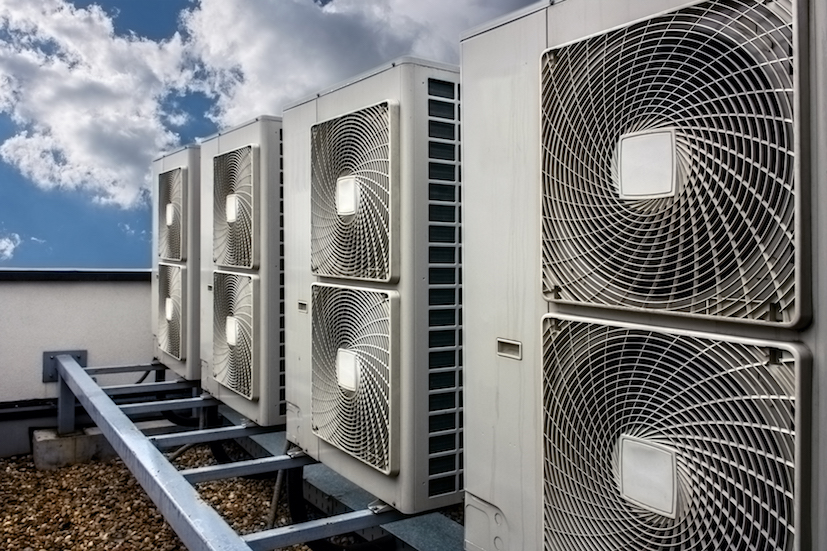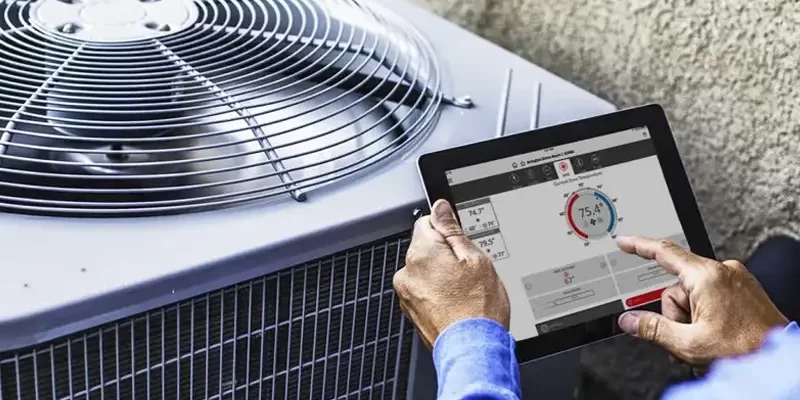In today’s world, heating, ventilation, and air conditioning (HVAC) systems are a vital component in both residential and commercial buildings. Yet, one of the persistent challenges faced by these systems is duct leakage, which can lead to significant energy losses and increased operational costs. Enter AI algorithms for duct leakage detection, a transformative approach to diagnosing and resolving this issue with precision and efficiency.

The Importance of Duct Leakage Detection
Duct leakage is a common issue that affects the performance of HVAC systems. It occurs when air escapes through gaps or holes in the ductwork, leading to a loss of conditioned air and resulting in energy inefficiency. This not only raises energy bills but also reduces indoor comfort levels. Traditional methods of duct leakage detection involve manual inspection, which can be time-consuming and less accurate.
Understanding AI Algorithms
AI algorithms are computational methods that enable machines to perform tasks that typically require human intelligence. In the context of duct leakage detection, these algorithms can analyze data from various sensors to identify leaks more accurately and quickly than traditional methods. The use of AI in this domain not only enhances the detection process but also contributes to the overall efficiency of HVAC systems.
Types of AI Algorithms Used
Several types of AI algorithms can be applied to duct leakage detection, each with its unique advantages. Machine learning, a subset of AI, is particularly effective as it allows the system to learn from data patterns and improve over time. Other algorithms include neural networks, which mimic human brain function to process information, and decision trees, which use a flowchart-like structure to make decisions based on input data.
Benefits of Using AI in Duct Leakage Detection
The integration of AI algorithms in duct leakage detection offers numerous benefits:
Increased Accuracy and Efficiency
AI algorithms can process vast amounts of data quickly, increasing the accuracy of leakage detection. This efficiency reduces the time required for inspections and minimizes human error.
Cost Savings
By accurately detecting leaks, AI reduces the need for extensive manual inspections and repairs, leading to significant cost savings. It also optimizes the operation of HVAC systems, reducing energy consumption and lowering utility bills.
Enhanced System Longevity
Regular and accurate detection of duct leaks ensures that HVAC systems operate optimally, extending their lifespan and reducing the frequency of costly replacements.
Improved Indoor Air Quality
By preventing conditioned air from escaping, AI-driven duct leakage detection maintains better air quality and comfort levels within buildings.
How AI Algorithms Work in Duct Leakage Detection
AI algorithms function by collecting and analyzing data from sensors installed within the ductwork. These sensors monitor variables such as air pressure, flow rate, and temperature. The AI system then processes this data to identify patterns indicative of leaks. Advanced algorithms can even predict potential leaks before they occur, allowing for proactive maintenance.
Integration with Other Technologies
AI algorithms can be integrated with other HVAC technologies to further enhance system performance. For example, they can work alongside intelligent load forecasting systems to optimize energy usage based on predicted demand. Additionally, AI can be used to generate AI-powered reports that provide detailed insights into system performance and maintenance needs.
Challenges and Considerations
While the benefits of AI in duct leakage detection are clear, there are challenges to consider:
Data Security and Privacy
As with any technology that relies on data collection, ensuring the security and privacy of collected data is paramount. Implementing robust cybersecurity measures is essential to protect against potential breaches.
Initial Costs
The initial investment in AI technology and sensor installation can be significant. However, the long-term savings in energy costs and reduced maintenance expenses often justify this expenditure.
Adapting to New Technology
The integration of AI technology requires a shift in how HVAC systems are managed. Training and adaptation may be necessary for technicians and facility managers to fully leverage the benefits of AI-driven systems.
Future Prospects
The future of AI algorithms in duct leakage detection looks promising. As technology continues to evolve, we can expect even more sophisticated detection methods and deeper integration with other smart building technologies. With ongoing advancements, AI will play an increasingly critical role in optimizing HVAC efficiency and sustainability.
Conclusion
In conclusion, AI algorithms for duct leakage detection represent a significant leap forward in the maintenance and efficiency of HVAC systems. By providing accurate, efficient, and cost-effective solutions, AI not only addresses the long-standing issue of duct leakage but also sets the stage for smarter, more sustainable building management.

Frequently Asked Questions
What is duct leakage?
Duct leakage occurs when conditioned air escapes through gaps or holes in HVAC ductwork, leading to energy inefficiency and increased costs.
How does AI improve duct leakage detection?
AI algorithms analyze data from sensors to accurately detect and predict duct leaks, increasing efficiency and reducing costs.
What are the benefits of using AI in HVAC systems?
AI enhances HVAC efficiency by improving leak detection accuracy, reducing energy consumption, lowering costs, and extending system lifespan. For further insights on how AI is revolutionizing HVAC systems, visit this article.
This article contains affiliate links. We may earn a commission at no extra cost to you.
